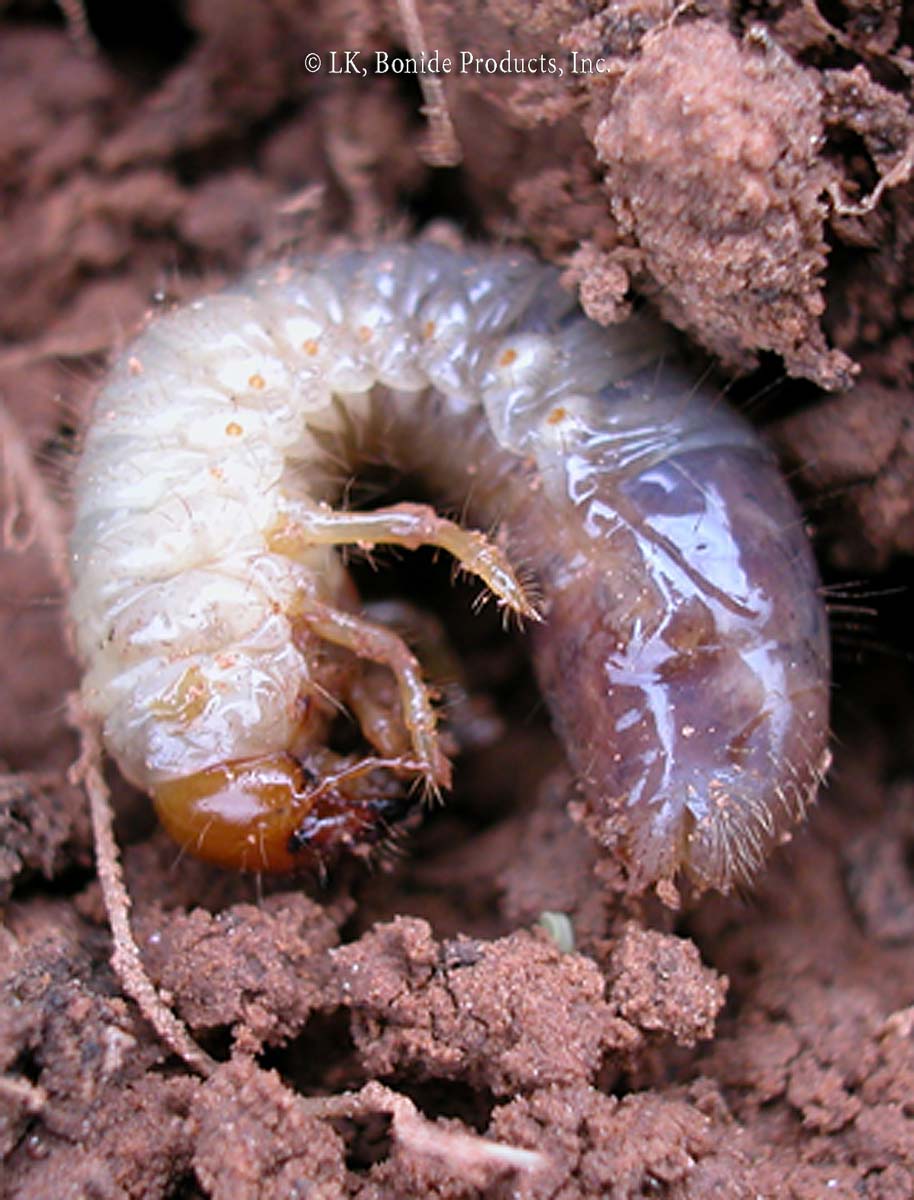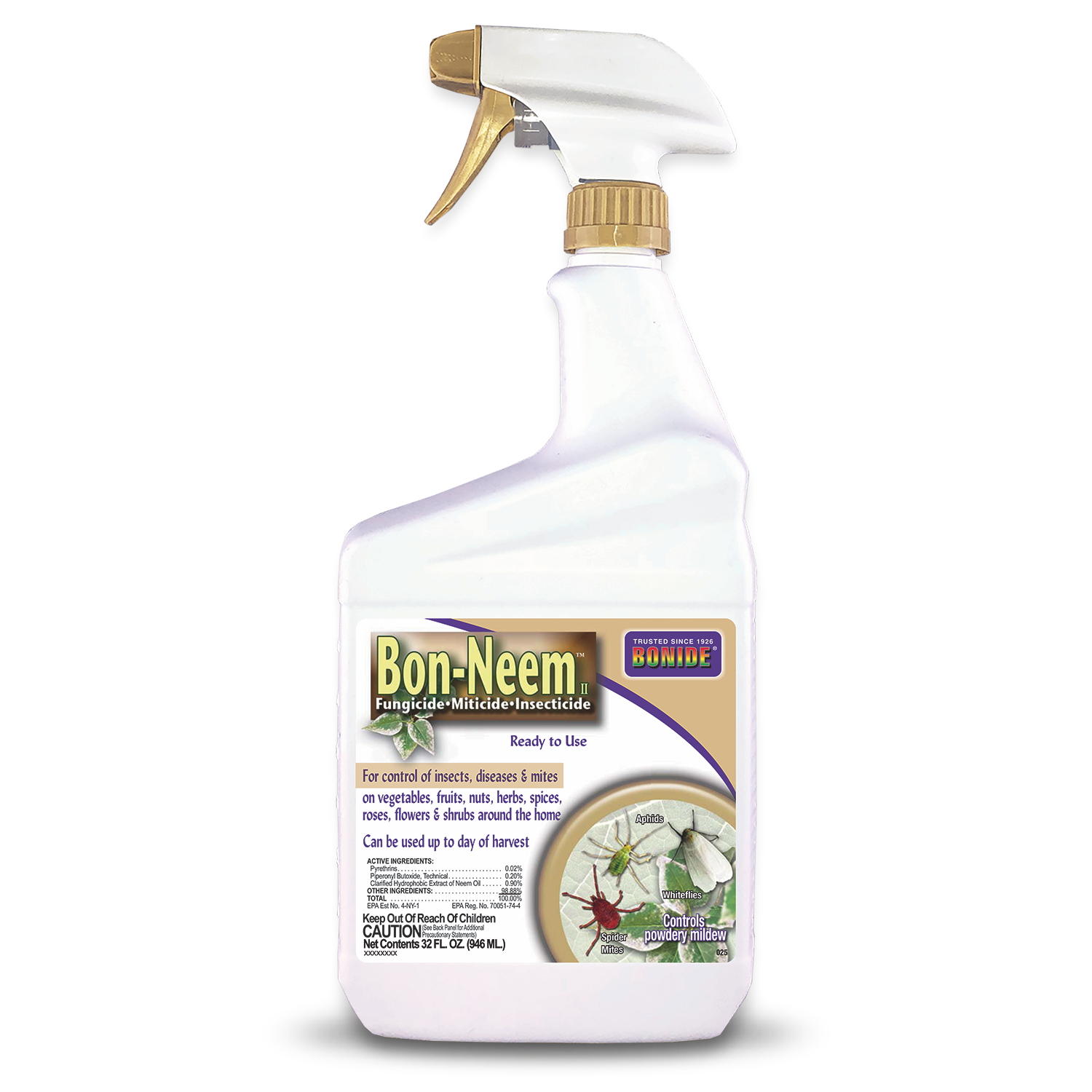
White grubs feed on the roots of grasses, so lawns will show wilting and browning of irregular shaped areas. Certainly there could be many reasons for lawns browning, especially in late summer when most grub damage occurs. Always check the root zone of affected areas for the white, c-shaped grubs. Carefully pull back the sod in suspect areas, in particular the marginal areas where brown grass meets green grass, and look for the grubs. Usually a population of about 10 or more grubs per square foot will lead to browning of the lawn.
Keep in mind the adult stage of the grub life cycle is a beetle, which can fly. Random chance is part of the answer. But adult beetles usually lay eggs in full-sun lawn areas with adequate soil moisture. The masked chafer (annual white grub) and Japanese beetle lay eggs in July. So if the weather has been dry but your lawn is watered and surrounded by dry lawns, it is a prime target for egg laying.








